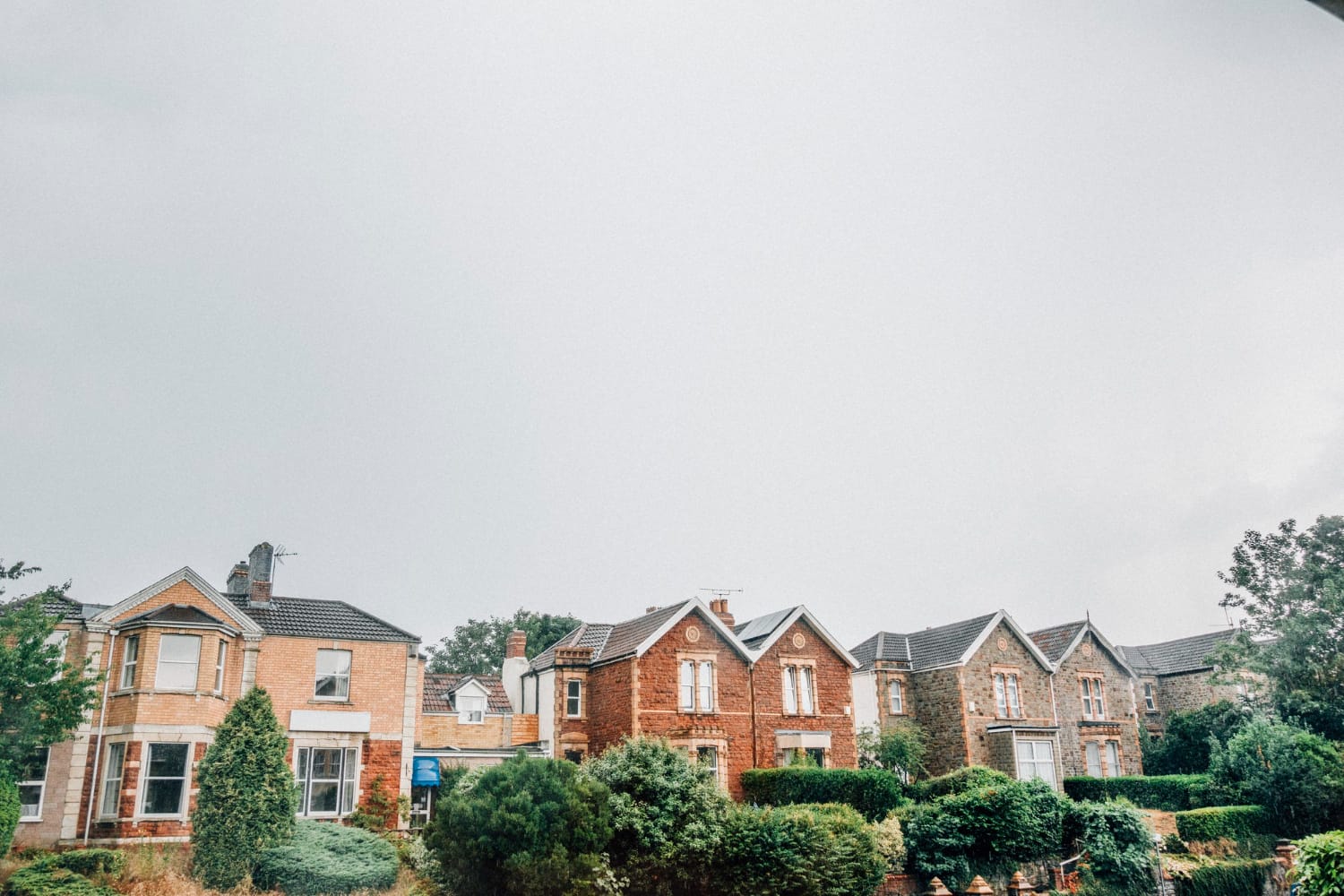If you’ve ever been behind the wheel of a car, you’re likely aware of the term “blind spot.” It’s a phrase that’s frequently thrown around in driver’s education classes and is often featured prominently in discussions about road safety. But what exactly are these elusive blind spots, and why are they such a critical concern for road users? In this article, we will delve deep into the world of blind spots and their implications, shedding light on the unseen dangers that lurk on our roads. We will also delve into the best steps to take when making a road traffic accident claim.
What are Blind Spots?
A blind spot, in the context of driving, refers to an area around a vehicle that the driver cannot directly observe while operating the vehicle. These areas are not visible through the vehicle’s mirrors, and as a result, they become hidden from the driver’s line of sight. Blind spots can vary in size and location depending on the vehicle’s design, including factors such as the size of the mirrors, the angle of the driver’s position, and the vehicle’s overall structure.
Blind spots can be found on all types of vehicles, from compact cars to massive lorries. However, they are typically more pronounced on larger vehicles due to their increased size and shape. Common locations for blind spots include the area just behind the rear view mirrors and the area directly behind the vehicle. The severity of blind spots can differ from one vehicle to another, making it crucial for drivers to be aware of these limitations.
The Problems with Blind Spots
Blind spots can pose significant problems on the road, leading to accidents, near-misses, and dangerous situations for both the driver and other road users. Here are some of the key problems associated with blind spots:
Limited Visibility: The most obvious issue with blind spots is the reduced visibility they provide. Drivers cannot see vehicles or objects in their blind spots, which can lead to collisions when they change lanes or make turns without properly checking these areas.
Lane Changing Accidents: Many accidents occur when a driver attempts to change lanes without realising that another vehicle is in their blind spot. This often results in sideswiping accidents, where two vehicles collide while changing lanes simultaneously.
Vulnerable Road Users: Blind spots aren’t limited to vehicles. They also extend to vulnerable road users such as cyclists, pedestrians, and motorcyclists. These individuals are at greater risk of being unnoticed by drivers when they are in a vehicle’s blind spot, leading to potentially life-threatening situations.
Parking Mishaps: Blind spots are not limited to moving vehicles. When parking, drivers can have difficulty seeing obstacles or other parked cars in their blind spots, resulting in fender benders and parking lot accidents.
The Unseen Dangers for Vulnerable Road Users
While blind spots present challenges for all drivers, vulnerable road users are particularly at risk. These individuals, including pedestrians and cyclists, have less protection and are more susceptible to severe injuries when involved in an accident. In this section, we will explore the unseen dangers of blind spots for these vulnerable road users and discuss how drivers can mitigate these risks.
Cyclists
Cyclists are perhaps the most vulnerable of all road users. They share the road with much larger and heavier vehicles and are more exposed to the elements. When drivers fail to check their blind spots, cyclists can find themselves in grave danger.
Imagine a scenario where a cyclist is riding along the road, obeying traffic rules and maintaining a safe distance from parked cars. As they approach an intersection, a driver in a larger vehicle decides to make a right turn. Unbeknownst to the driver, the cyclist is in their blind spot, hidden from view. As a result, the driver executes the turn without checking properly, resulting in a collision with the cyclist. In such cases, the cyclist can suffer severe injuries or worse.
To mitigate the unseen dangers for cyclists, drivers must be diligent in checking their blind spots before turning or changing lanes. Using proper signalling and allowing ample space for cyclists can make a world of difference in preventing accidents.
Pedestrians
Pedestrians, too, face unseen dangers when drivers fail to account for blind spots. A classic example is the right turn situation. Let’s picture a pedestrian waiting to cross the street at a pedestrian crossing. A driver approaches the intersection, planning to make a right turn. The pedestrian, believing they have the right of way, begins to cross. Unfortunately, the driver’s blind spot hides the pedestrian from view, and a collision becomes imminent.
To protect pedestrians, it’s essential for drivers to exercise caution at intersections and always double-check their blind spots before making turns. Additionally, pedestrian-friendly infrastructure, such as clearly marked crossings and traffic signals, can also enhance safety for those on foot.
How to Avoid Blind Spot-Related Accidents
As mentioned earlier, blind spots are a common issue for all drivers, and it’s vital to know how to avoid accidents resulting from these hidden areas. Here are some strategies to help you steer clear of blind spot-related mishaps:
Adjust Your Mirrors
One of the simplest ways to reduce blind spots is to adjust your side mirrors correctly. Many drivers set their side mirrors in a way that partially overlaps with what they can already see in their rearview mirror. Instead, you should angle your side mirrors outward to capture the areas that your rearview mirror cannot. This will expand your field of vision and reduce the chances of missing a vehicle in your blind spot.
Check Over Your Shoulder
While mirrors are helpful, they are not infallible. Always make it a habit to glance over your shoulder before changing lanes or making turns. This quick check can help you confirm what your mirrors are showing and provide an additional layer of safety.
Use Blind Spot Detection Systems
Modern vehicles often come equipped with advanced safety features, including blind spot detection systems. These systems use sensors and cameras to monitor the areas around your vehicle and alert you when there’s a vehicle in your blind spot. While they should not replace your own visual checks, they can serve as an extra set of eyes on the road.
Avoid Tailgating
Tailgating not only reduces your reaction time but also increases the chances of being in another driver’s blind spot. Maintain a safe following distance to give yourself and the driver in front of you ample time to react to changing road conditions.
Be Mindful of Vulnerable Road Users
When sharing the road with vulnerable road users such as cyclists and pedestrians, exercise extra caution. Always anticipate their presence and take extra care when turning or changing lanes. Remember that their smaller size and lack of protection make them more susceptible to injury in the event of an accident.
Making a Road Traffic Accident Claim with National Claims
As a leading provider of legal assistance in road traffic accident claims, National Claims is here to guide you through the claims process if you’ve been involved in an accident due to blind spots or any other reason. We understand the challenges and stress that can follow an accident, and our mission is to help you get the compensation you deserve. Here’s how we can assist you in making a road traffic accident claim:
Initial Consultation
Our dedicated team of experts is available to provide a free initial consultation to assess the merits of your case. During this consultation, we will gather essential details about the accident, including the circumstances, the parties involved, and the extent of your injuries. This information helps us determine the strength of your claim.
Legal Representation
Once we’ve evaluated your case and established that you have a viable claim, our experienced solicitors will take over the legal proceedings. We will handle all the necessary paperwork, including filing your claim with the appropriate authorities and representing your interests in negotiations with insurance companies.
Gathering Evidence
To build a strong case, we will work diligently to collect all the relevant evidence. This may include accident reports, medical records, witness statements, and any other documentation that supports your claim. Our team knows how to present this evidence effectively to maximise your chances of success.
No Win, No Fee
National Claims operates on a “No Win, No Fee” basis, meaning you don’t have to worry about upfront legal fees. We only charge a fee if we successfully win your case. This approach ensures that you can pursue your claim without financial risk.

Conclusion
Blind spots on the road present real dangers to all road users. They can lead to accidents that result in injuries, damage, and emotional distress. Being aware of these blind spots and taking proactive measures to avoid accidents is essential for road safety.
National Claims is here to help you navigate the legal complexities of road traffic accident claims. Our experienced team is dedicated to providing you with the support you need to seek compensation after an accident caused by blind spots or any other reason. From the initial consultation to courtroom representation, we are committed to securing the compensation you deserve.
By understanding the problems with blind spots and having a reliable partner like National Claims to guide you through the process, you can protect your rights and ensure a fair resolution to your road traffic accident claim. Remember, when you’re on the road, your safety is paramount, and National Claims is here to ensure that your rights are protected.
Contact us today to speak to one of our claims specialists and to start your claim.
Click below to see why we are one of the most trusted claims management companies in the UK.

We’re proud of our excellent customer reviews
We thrive on delivering exceptional service and ensuring our clients’ satisfaction. Don’t just take our word for it. Check out some of our independent reviews to see what our clients have to say.
Excellent

This firm is excellent, they sorted out my car pay out and injury claim very fast, they always communicate with you all the time.

My accident case was dealt with confidence and with great result of the outcome, especially James kept me informed all the time.

I was very impressed at the way my inquiry was treated. I was listened to attentively and everything I needed to know was explained to me.






